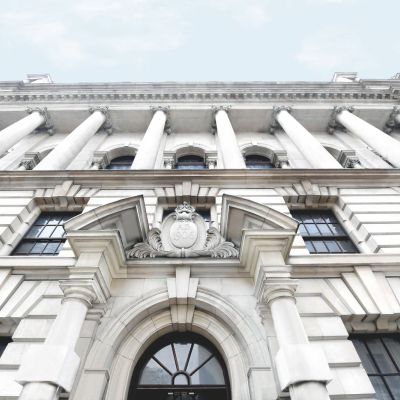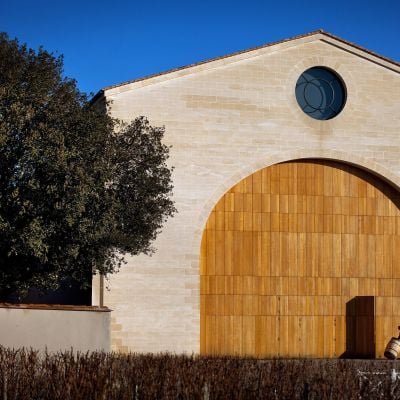Material Girl
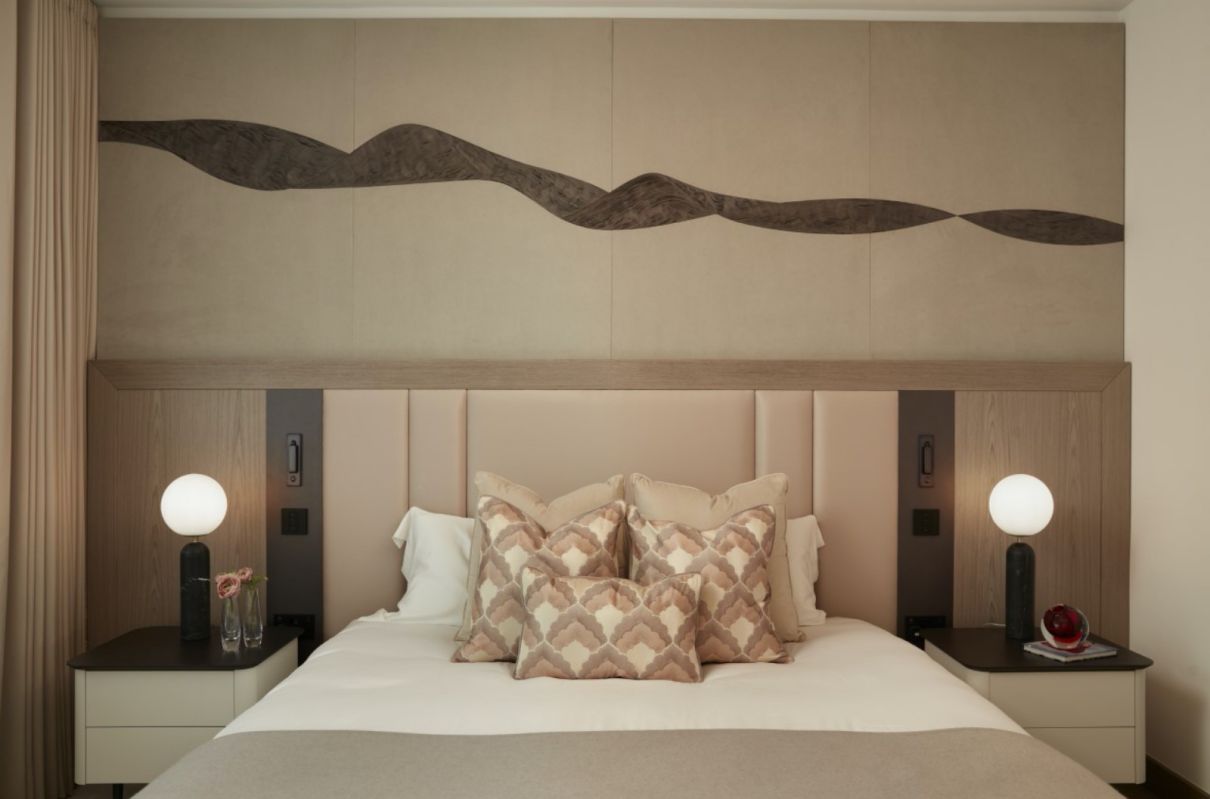
Aiveen Daly introduces forgotten textile techniques into elite interiors.
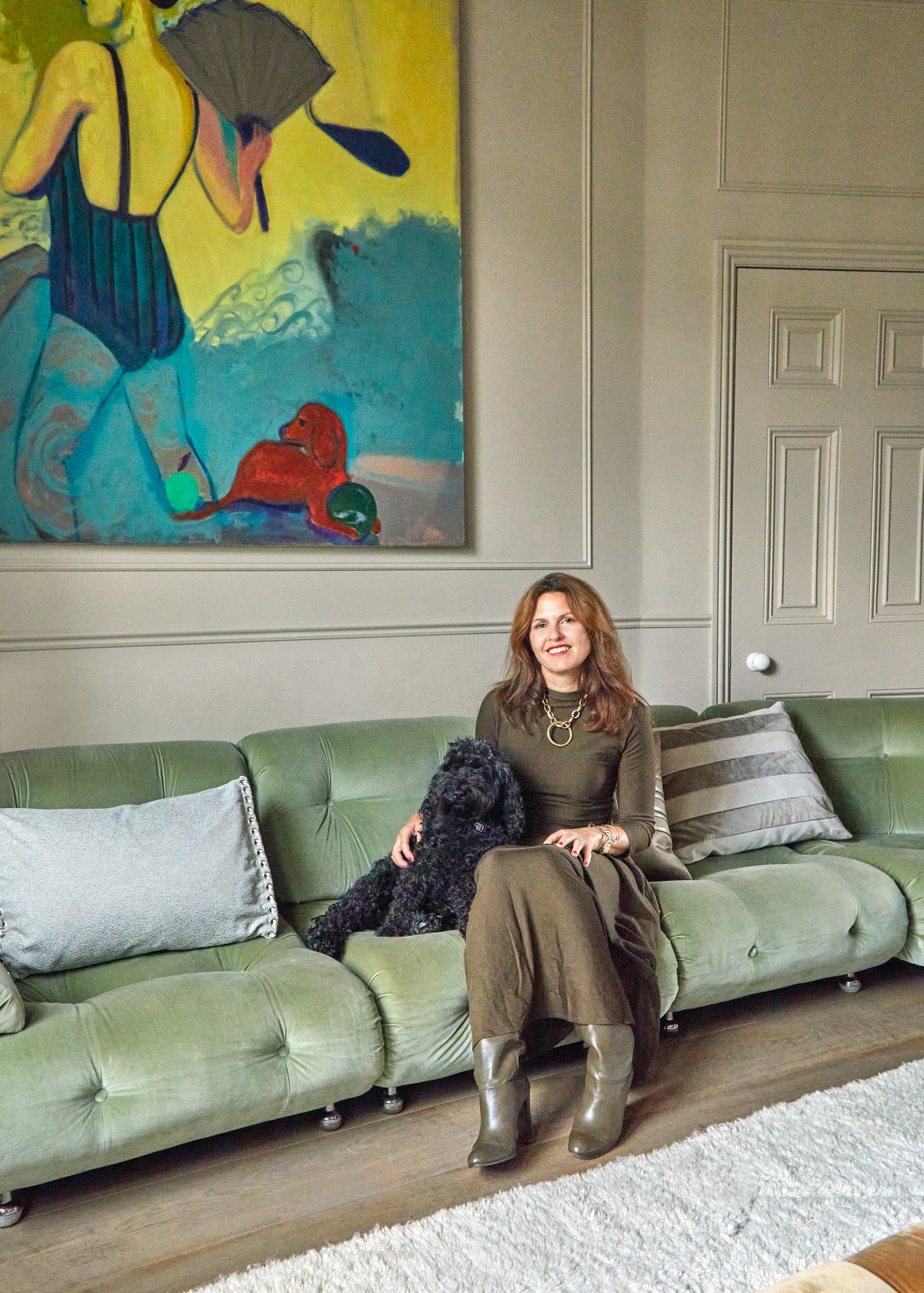
In a world saturated with machine-made objects, the touch of the hand is all the more sought after. This is the opinion of Irish-born Aiveen Daly, an award-winning designer who has made a name hand-making ethereal, tactile embellishment in the palaces, private jets and penthouses of the world’s well-heeled.
“The age we are living in now, surrounded by technology, people want something with a human connection, an intriguing provenance. That is true luxury nowadays,” she says, dialling in from her home in London, where she lives with her two daughters, aged 13 and 10, and Australian husband.
Daly’s studio is located near Kensal Green in north-west London, where, as we speak, her team of five makers with eclectic backgrounds — one is from fashion, another, an ex-car interior trimmer — will be beavering away. Complex fabric manipulation techniques such as beading, pleating, folding and embroidering headboards are executed on wall panels, dining chairs and even ceilings, working with materials such as silk, wool and leather with flawless precision.
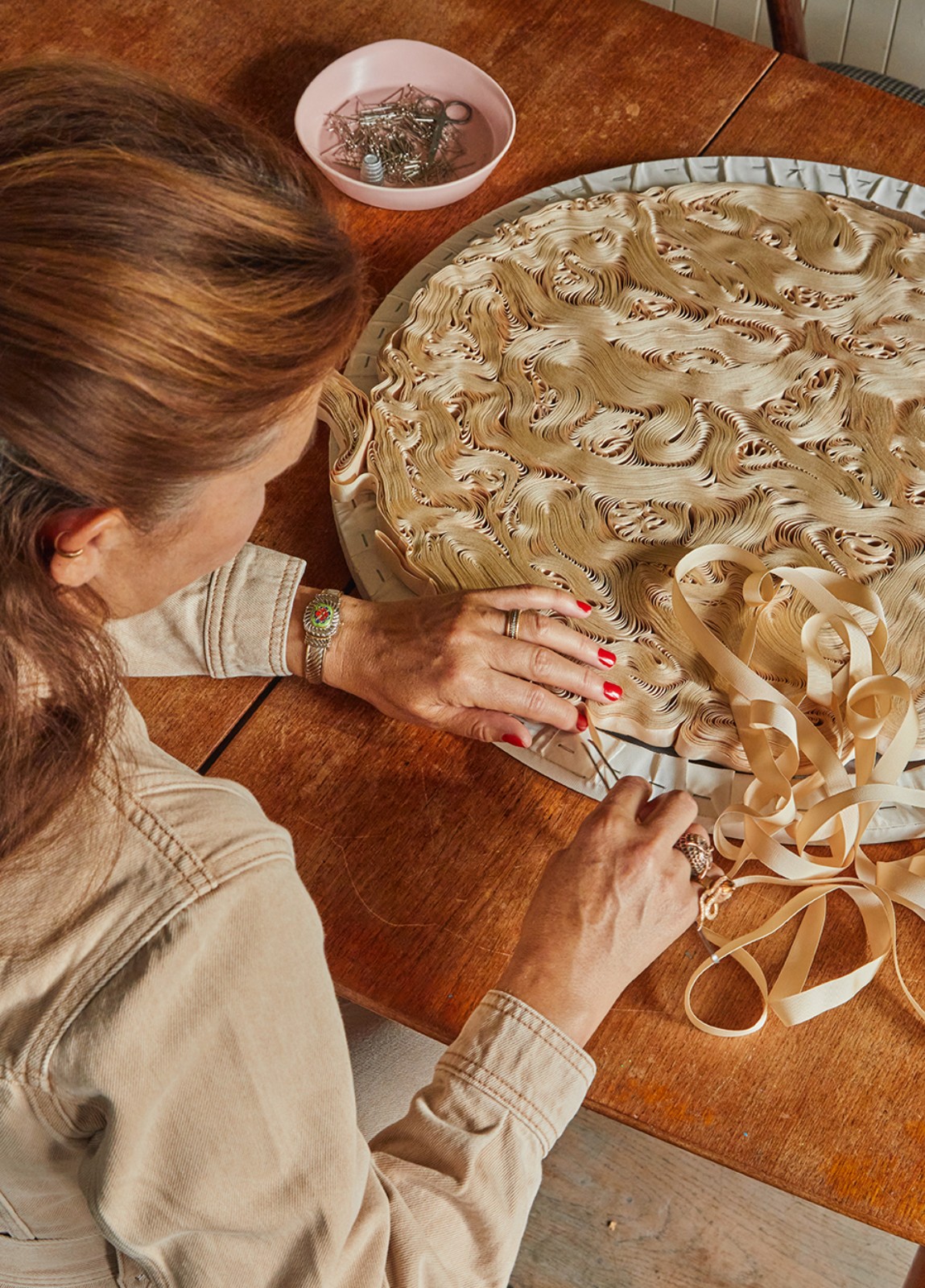
Her studio works with interior designers such as Katharine Pooley, SHH and superyacht designers Winch, as well as winning direct commissions from luxurious hotels such as Corinthia in London and The Langham, Hong Kong. “For our end clients, everything in their home is not only bespoke but the best of the best, from their clothes, cars, and properties, even down to their photo frames,” she explains.
Daly was catapulted into the spotlight after her work in the Candy brothers’ glitzy One Hyde Park development in Knightsbridge. At the time of launch in 2010, the property made headlines for its penthouse, which reportedly sold for £140 million, the most expensive residential property in Britain. Daly and her team created the master headboard with an interlocking pleat, and dining chairs with detailed stitchwork on the back, using her signature couture cutting techniques. She said it was a turning point.
“It was the first high-end prime property that was talked about and it opened doors for us. Suddenly, I was being taken seriously as a maker in that space,” she says.
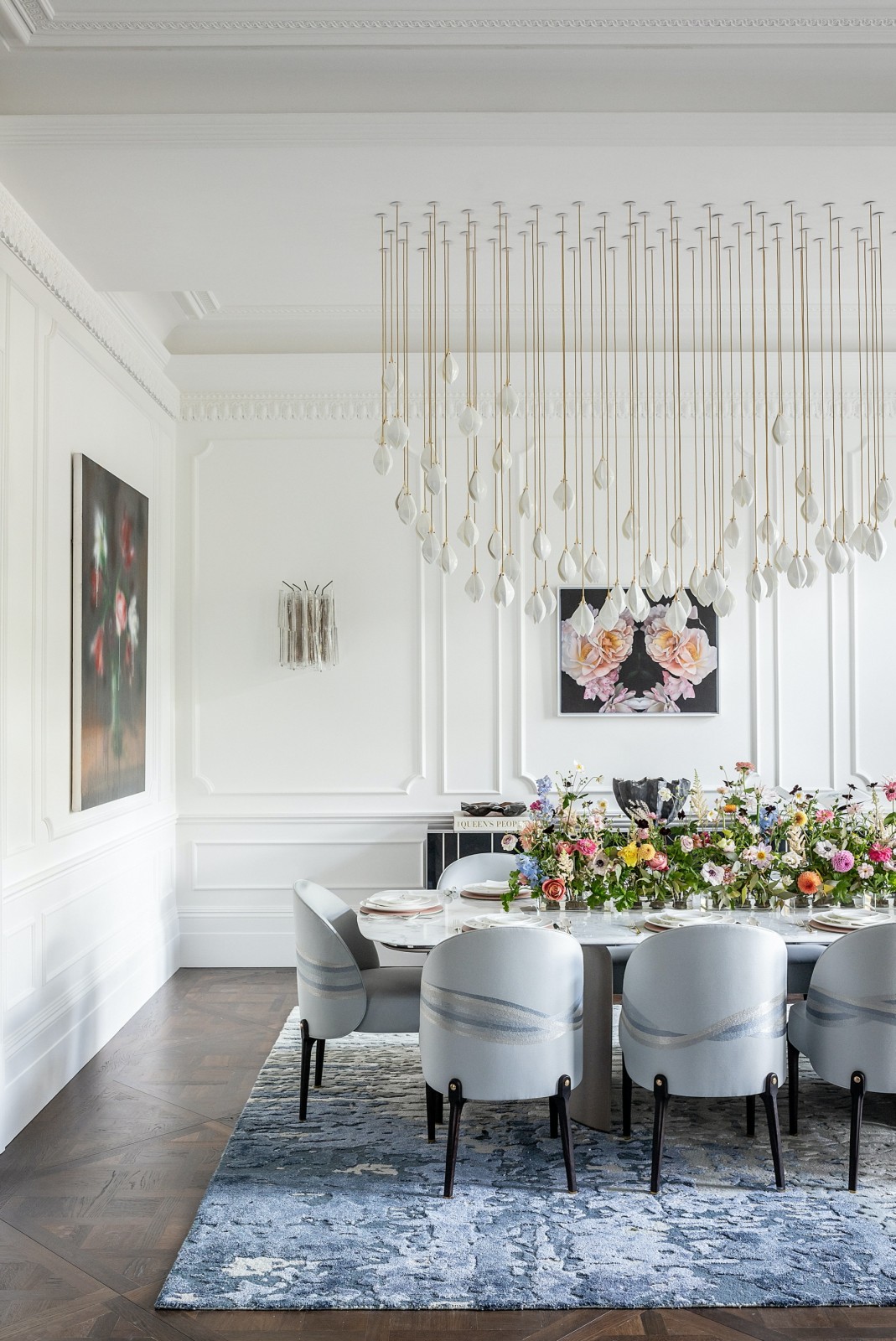
Daly believes her success lies in the fact she came into the textiles space “very sideways”. Born in Cork, schooled at a “typical Irish convent school”, she was gifted a sewing machine for her 14th birthday, which first ignited her love of textiles. But she was “gently discouraged” from pursuing this as a career.
“Growing up in Ireland, they weren’t encouraging that sort of route,” she recalls. “It was before the ‘Celtic Tiger’ [a period of rapid economic growth in Ireland], and hard to get anything creative. It was the era of ‘get a sensible degree, think of your pension’.”
Daly opted for a degree in Russian and business at Trinity, and then moved into marketing in luxury and travel publishing. “I still had a burning desire to do something with textiles, but I didn’t have the confidence to pack it all in.” She took night classes in sewing and textiles at the London College of Fashion and drawing and painting classes at Central Saint Martins. It was, however, a professional upholstery course that introduced her to textile manipulation, and she fell in love with the craft. Then it was a case of “sticking with it”, and doggedly securing appointments with top interior designers until they sat up and took notice.
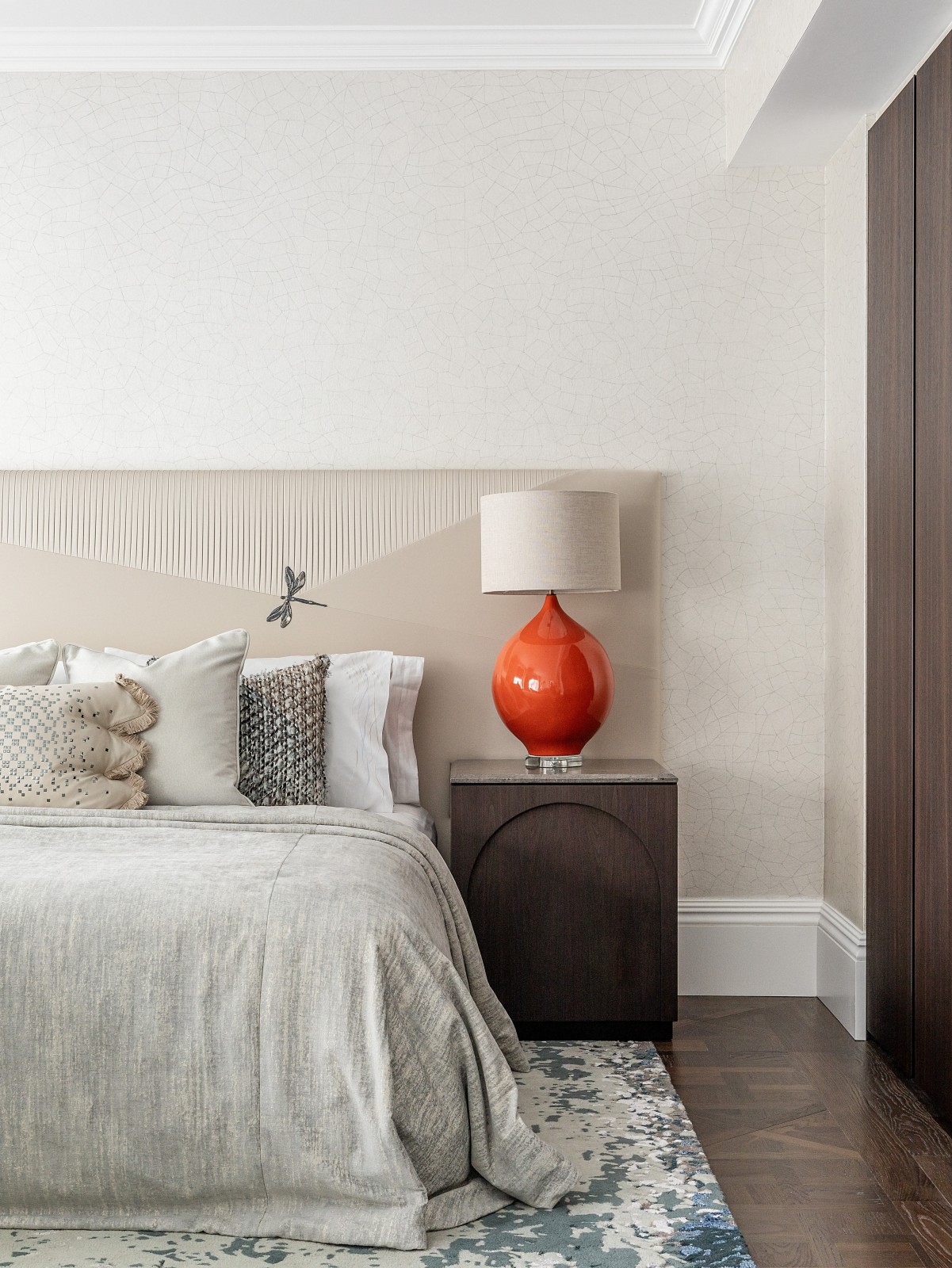
Daly recently collaborated on a project she created at No. 1 Palace Street, a collection of 72 ultra-luxury residences adjacent to Buckingham Palace. The 3,600-square-feet show apartment was designed by Oliver Burns in conjunction with developer Northacre and Walpole, the British luxury brands body. It featured the work of 250-plus solely British designers; Daly’s studio was responsible for the dining chairs and the headboard of the bed in the guest suite. The silk chairs, which took two months to make, were inspired by the movement of a soothing stream embroidered across their backs, for which Daly used the rare Irish loom. The headboard, half-pleated and embroidered with a dragonfly, was particularly tricky.
“The diagonal line running through it looks very simple, but stitching a perfect straight line on the bias is a hard thing to do, especially along a two-and-a-half-metre width. We had to have a few goes,” she admits. Each piece usually takes around four weeks to make at the studio, but projects can run over years, she says.
When we speak, 49-year-old Daly is buoyed after just having been named one of the 50 most influential people in British luxury heading up the ‘creatives’ category at the annual Walpole Power List, a benchmark of British craft and creativity. The award recognised her recent private body of wall sculptures called Coralation, created out of some 10,000 meandering ribbons, all pleated by hand. In the lead-up to World Oceans Day on 8 June 2023, a percentage of all commissions of the Coralation series will go to the Coral Reef Alliance, which aims to conserve coral reefs internationally. Coral reefs are close to her heart, she adds, because of her Australian cameraman husband’s work around the Great Barrier Reef.
“It is a departure for me as the ribbon sculpting is intuitive — whereas many of my previous commissions have been precisely measured to an exacting brief. While the pieces are painstakingly detailed, the freedom to play with movement and shapes lends a unique character that is understated but dynamic with lots of light play,” she says. “This new, personal body of work was born from my desire to create more intimate, intricate art reflecting the quieter side of my persona.”




